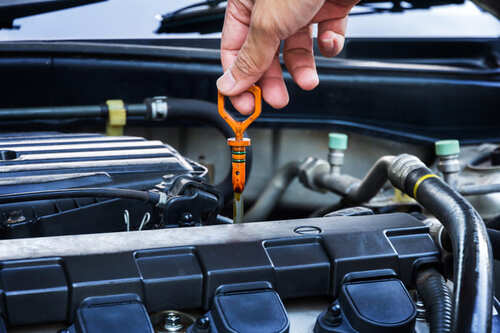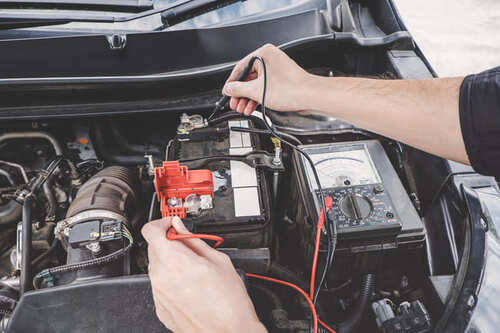Find out how to spot troublesome faults and learn how to fix them in our guide to the most common Vauxhall Zafira problems.
Clutch problems
Some drivers complain that when the car has come to a complete stop and the accelerator pedal is pressed, the car hesitates or jolts forward. This juddering or jerking sensation during acceleration is usually the result of a worn or faulty clutch. It is not uncommon for the friction plate or pressure plate to become worn out after extensive use.
Another common Zafira fault is a spongy or soft feeling clutch pedal, which could be the result of clutch master cylinder problems. Issues often emerge when water or air is able to get into the hydraulic system, making it ineffective.
Cambelt maintenance
This is relevant for models built between 1999 and 2005 as the cambelt that is installed needs regular servicing and replacement to prevent incidents of engine damage that are more serious and costly to repair.You may be able to tell if the component is worn just by looking at it. If it has a shiny surface, it is probably time to get a new one.
Engine misfires, rough idling, high pitched squealing noises and excessive exhaust smoke are all possible symptoms of a bad cambelt. You can find the right replacement for your vehicle in the online Vauxhall Zafira parts catalogue.
Fuel and oil leaks

Diesel Zafira models built in 2000 have been known to experience fuel leaks. This can occur as the result of a collision at the front of the car, causing damage to the fuel feed or return pipes. If you notice a sudden decline in fuel levels or spot a leak, you should get it fixed as soon as possible as this poses a significant fire risk.
Moreover, Vauxhall Zafira engine oil can leak when the seals, gaskets or oil pan become worn or get cracked or broken. Signs of this may include pools of dark fluid under the vehicle when it is parked, abnormally low oil levels, a strong burning smell and smoke coming from under the bonnet - if it is blue, this means that it is leaking into the engine.
EGR valve fault
Your Vauxhall Zafira EGR valve is responsible for regulating the flow of exhaust gases into the engine, reducing the amount of nitrogen oxide the vehicle emits by redirecting it back into the combustion chambers. Unfortunately electrical and mechanical faults can occur, or the valve can get clogged up with exhaust deposits causing it to stick open or get jammed shut.
Common symptoms of EGR valve failure include increased fuel consumption, rough idling, engine knocking, frequent stalling and a pungent smell of fuel. The part may need to be cleaned thoroughly or replaced.
Rear door lock problems & central locking failure
There are several reports of faults in the Vauxhall Zafira central locking system. If you’re having problems opening the doors using the key fob, there is probably an issue with the electrics in the system. The rear doors on these vehicles can be particularly vulnerable to wiring faults. It is recommended that you get a professional mechanic to rewire the doors for you.
Starting problems

In diesel models, starting problems can occur due to a number of causes, such as fuel delivery faults or defective glow plugs. Diesel engines can be particularly prone to fuel contamination, which may include microorganisms, water, debris and deposits.
This can lead to blockages in the fuel delivery system, such as a clogged fuel filter, as well as injection issues. The engine may not be able to start due to a low supply of fuel or injectors that are blocked up by deposits.
However, in most cases, starting difficulties are linked to the electrical power supply. The solution could be as simple as jump starting, charging or replacing the Vauxhall Zafira battery.
Factors causing battery drain include a failing alternator, exposure to extreme temperatures, corroded terminals, old age, and bad habits, such as leaving car lights on while the engine is off or overcharging.
Cigarette lighter malfunction
If you find that your car’s cigarette lighter socket is not working properly, you’ll need to troubleshoot the problem. The usual culprit is a blown fuse, so it is a good idea to check the owner’s manual to locate the fuse panel. Once you’ve found the corresponding fuse, you can check for a current (continuity) using a multimeter.
If there is no continuity, install a new fuse. If the fuse is still intact, there is likely a problem with the socket itself or whatever accessory plug you are using.
Top products related to this topic:



















































